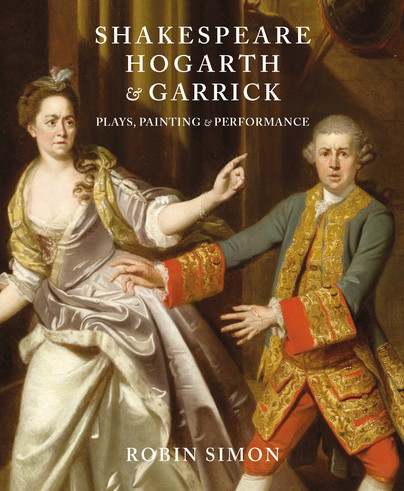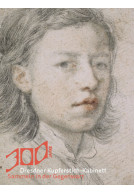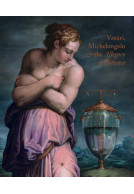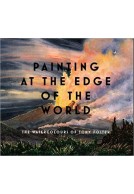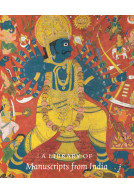Shakespeare, Hogarth and Garrick (Hardback)
Plays, Painting and Performance
Pages: 256
Illustrations: 210
ISBN: 9781913645441
Published: 15th April 2023
(click here for international delivery rates)
Order within the next 5 hours, 50 minutes to get your order processed the next working day!
Need a currency converter? Check XE.com for live rates
In London in 1770 Georg Christoph Lichtenberg (1742–1799) remarked, ‘What a work could be written on Shakespeare, Hogarth and Garrick! There is something similar in the genius of all three.’ Two-and-a-half centuries on, Robin Simon’s highly original and illuminating book takes up the challenge.
William Hogarth (1697–1764) and David Garrick (1717–1779) closely associated themselves with Shakespeare, embodying a relationship between plays, painting and performance that had been understood since Antiquity and which shaped the rules for history painting drawn up by the Académie royale in Paris in the seventeenth century.
History painting was considered the highest form of art: a picture illustrating a moment drawn from just a few lines in a revered text. Hogarth’s David Garrick as Richard III (1745) transformed those ideas because, although it looked like a history painting, it was also a portrait of an actor in performance. With it, Hogarth established the genre of theatrical portraiture, a new and distinctively British kind of
history painting.
This book offers a fresh examination of theatrical portraits through close analysis of the pictures and of the texts used in performance. It also examines the central role of the theatre in British culture, while highlighting the significance of Shakespeare, Hogarth and Garrick in the European Enlightenment and the rise of Romanticism. In this context another trio of genius features prominently: Lichtenberg, Gotthold
Ephraim Lessing and Denis Diderot.
Familiar paintings and performances are seen in an entirely new light, while unfamiliar pictures are also introduced, including major paintings and drawings that have never been published.
The final chapter shows that the inter-relationship between plays, painting and performance survived into the age of cinema, revealing the pictorial sources of Laurence Olivier’s legendary film Richard III.







